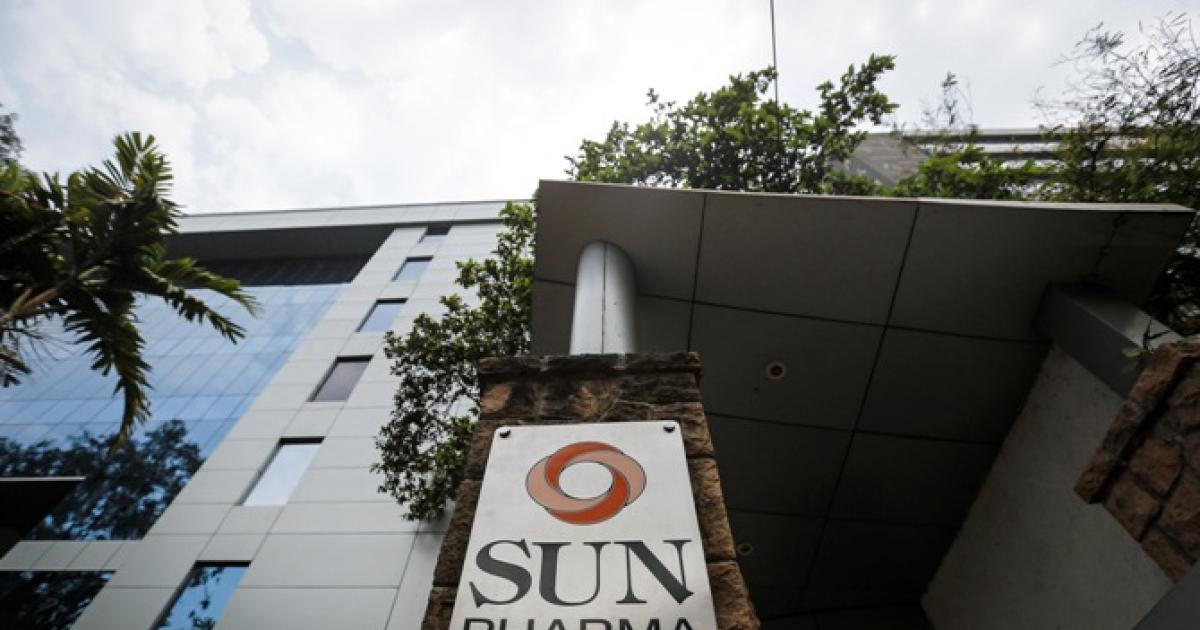‘India needs at least 70,000 to 80,000 eyewear stores; our 2,000 stores are just a drop in the ocean.’

Photograph: Kind courtesy Lenskart/Facebook
Ahead of its debut on the Bombay Stock Exchange on Monday, November 10, 2025, eyewear company Lenskart’s Co-founder, CEO and MD Peyush Bansal discusses plans and the challenges of the business in a video interview with Surajeet Das Gupta/Business Standard.
One of the reasons for the IPO was raising funds for your expansion. How do you plan to build the relatively unorganised eyewear segment in India?
There are 500 million Indians who require glasses. But we have 60 eyewear stores for one million people, which is the lowest in any category, though we have 1,200 jewellery stores for a million.
We have only 30 optometrists for a million people. So, we have not even scratched the surface of the myopia problem.
What we need is at least 70,000 to 80,000 stores. And, we will have to lead — currently we have over 2,000 stores, which is not even a drop in the ocean compared to where we need to be.
How are you addressing the problem?
We have to create an ecosystem of distribution. We did 16 million eye tests last year, but we have to go up to 100 million.
We are currently in 400 cities but want to expand to another 600 cities in the mid- and long-term. What the industry has lacked is technology.
What we are trying to do is not put on an optician’s hat but a technology hat or the Amazon hat and unlock the challenges of distribution.
We have developed a centralised distribution system — instead of a local supply chain — so if someone wants glasses in Dimapur, I can make the glasses centrally and give them to him or her.
We are resolving the shortage of optometrists by remote technology — so someone sitting in Kolkata can leverage the Internet of things and artificial intelligence to do eye testing for someone in Dimapur or Jodhpur. The eventual aim is to serve a billion people.

Photograph: Kind courtesy Lenskart
Do you position yourself as a tech company or a retail company, as tech companies seem to give better valuations?
It does not matter to us at all. Like, for example, is Apple Inc a phone company or a tech company? I would say it is a phone company.
We are an eye care company, and for us, serving and surprising our consumers is what matters. We are a tech-enabled eyewear company.
As much as 40 per cent of your revenue comes from foreign markets. Do you see this changing, and how are you choosing which markets to go and penetrate?
We have defined the circle where we want to operate, and these are the markets where the gap is the most.
If you look at eyewear as a category, the problem is the largest in this part of the world, and it is also unorganised.
These markets are India, South Asia, Japan and the Middle East. Myopia rates are very high in this region — optometrist availability is low at 30 to 35 a million. And, glasses are expensive.
So, there is an opportunity to create a 10x value for the customer here.
Our prominent markets currently are Singapore, where we already have a double-digit market share, Dubai and Japan. And, the new markets emerging are Thailand and Saudi Arabia.

Photograph: Kind courtesy Lenskart/Facebook
So, your aim is to be an Indian company with an international brand presence?
As a consumer brand, Lenskart has to be an internationally renowned brand because it raises the quality bar that you are a global brand.
If you see the journey of a lot of brands in the last 20 years, especially in apparel and footwear, international brands came and took away their market share.
But if you sell lenses in Singapore and Japan, it raises the quality bar of the products we deliver in India. Otherwise, you might face disruption from international brands any time.
We won’t go to the UK and the US as this business is already organised in this part of the world. Also, we have become the largest eyewear brand in Asia.
Does it make sense for you to manufacture lenses and frames in India when you can import from China, which is cheap and especially as you depend on it for components?
It is a misnomer. Our manufacturing cost is 20 per cent lower than China.
We make the lenses here, and 50 per cent of the frames are manufactured here. We expect this to go up to 70 to 80 per cent.
We have to develop the capabilities as we need glasses which are high quality but affordable.
I don’t see cost as a challenge, as we have 500 million people who need glasses in the country.

IMAGE: Peyush Bansal.
Photograph: Kind courtesy Peyush Bansal/X
You have also started experimenting by providing services at home. How has that worked?
We are now in eight cities and doing over 1,000 tests every day at home. We will continue to scale up the number of home agents.
Urban Company and pathology labs have already done it successfully.
We are also doing micromarketing — in Bengaluru, for instance, we have 170 stores, which is the maximum number except maybe pharma stores.
The whole idea is to build a community and go and build that personalisation — customers can engage us online, go to our store nearby, and no matter where you buy, you are just my customer.
There is a new market opening up for smart glasses. How do you approach this area where global giants have already entered?
It is in a very early stage. And yes, there is a high-performing market, which is maybe the top 5 per cent of India.
We are taking a very open approach and have invested in an augmented reality company.
We will be launching our own camera glasses very soon, for which we have tied up with Qualcomm.
We have integrated with UPI for making payments, which is a great use case for glasses.
We are building the whole technology stack ourselves as we don’t want to be only a manufacturer of frames and a distributor, and outsource technology to a Google or a Meta maybe.
We will also build software which is customised for India. We will invest here for the long term.
As you focus on affordability, will you stay away from the growing luxury market where glasses are lifestyle products?
There is a market in luxury but it has not evolved — you pay the same amount which you paid years ago to get the same product largely.
We will play in this category, but not sell products which have not evolved.
We will get you products of the future in terms of style, comfort and utility like we did with Jacob Johns.
About 18 per cent of our customers buy products above ₹10,000. So, we are building for future brands.
Feature Presentation: Rajesh Alva/Rediff




